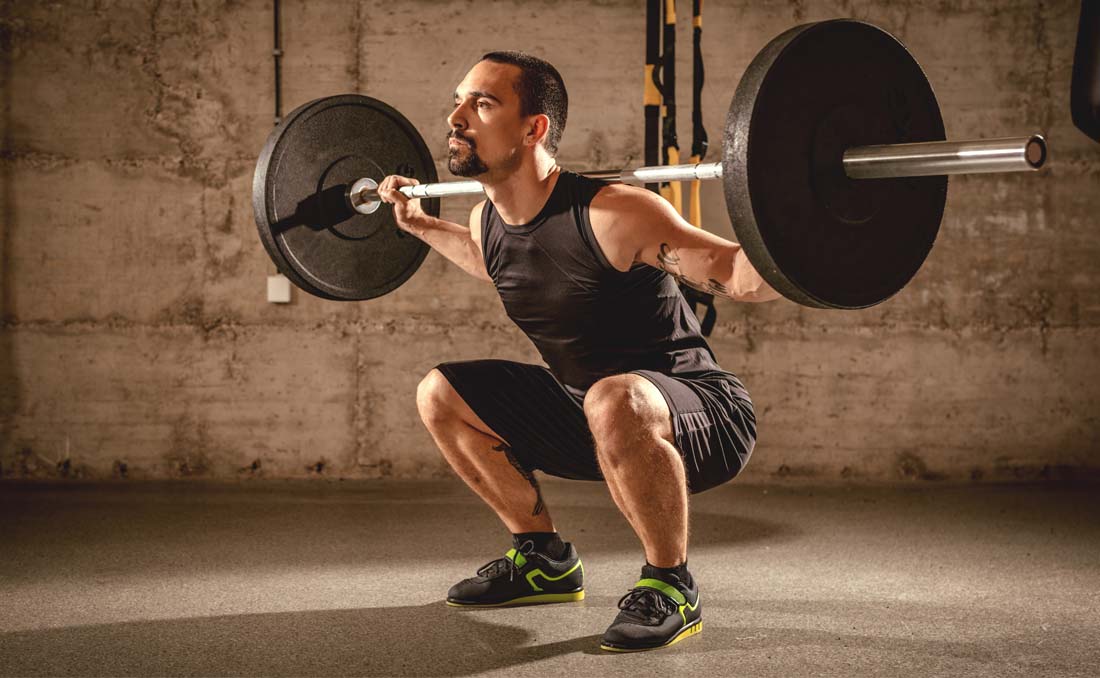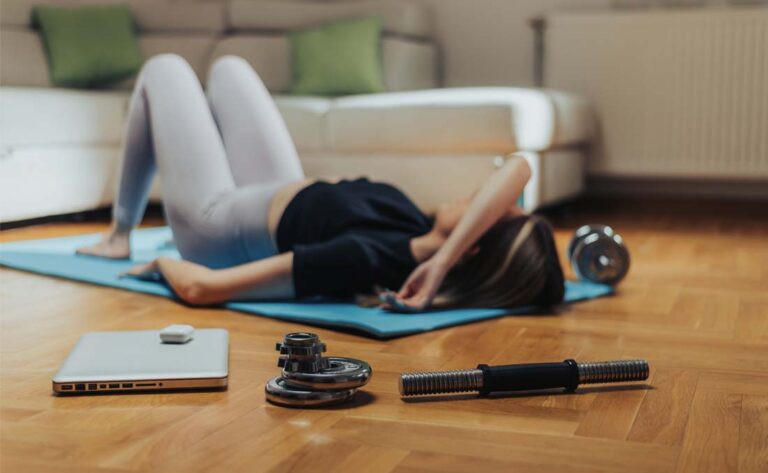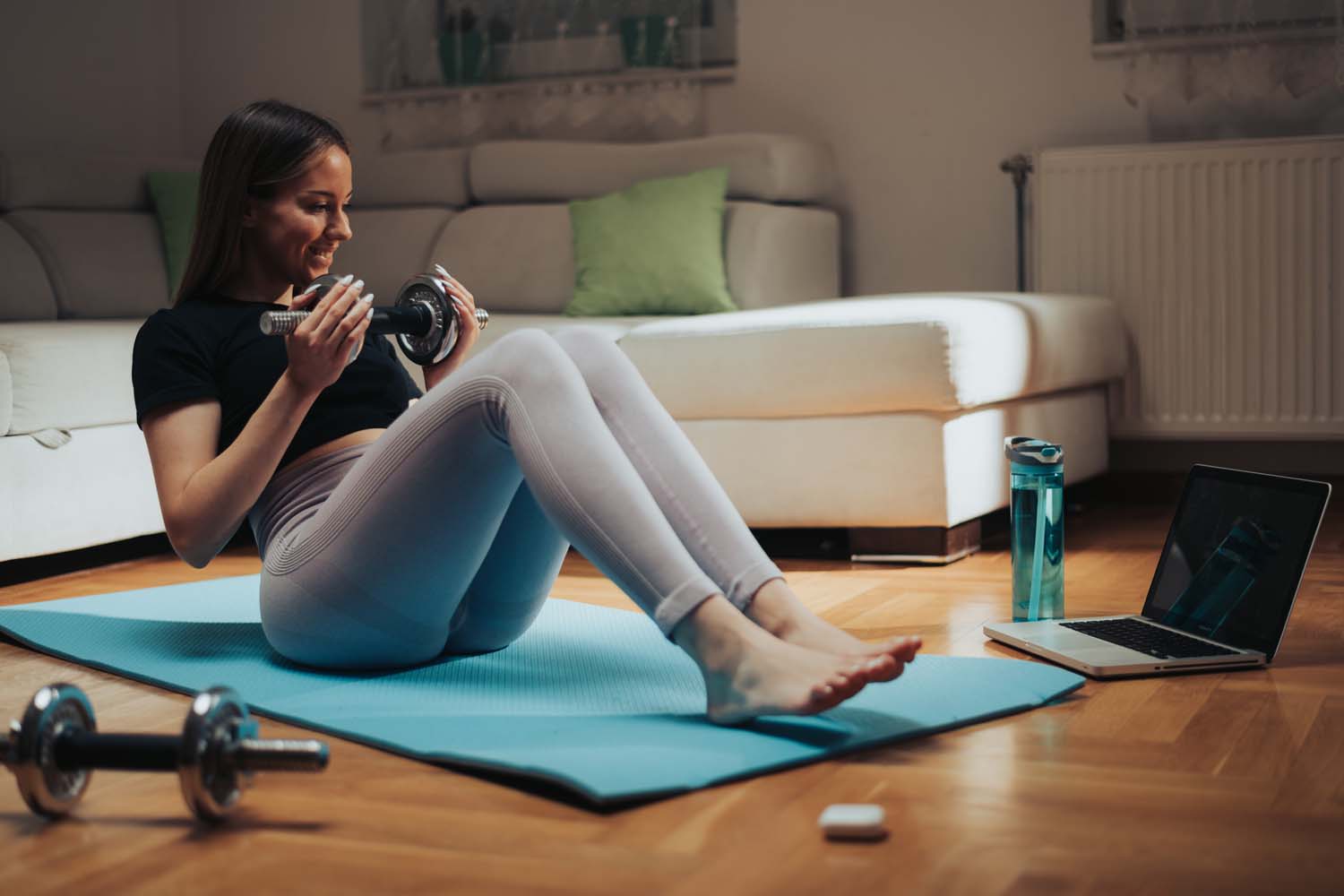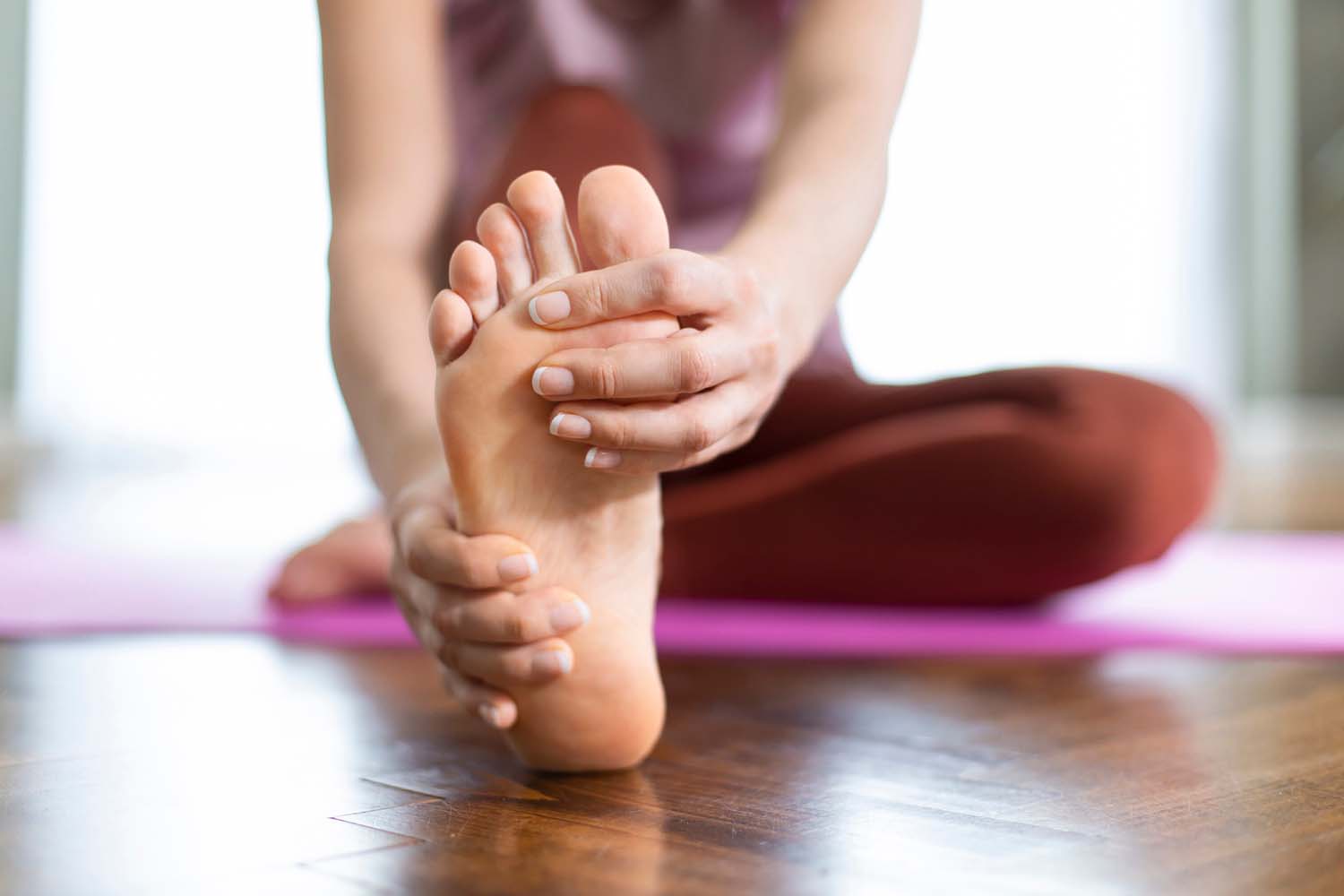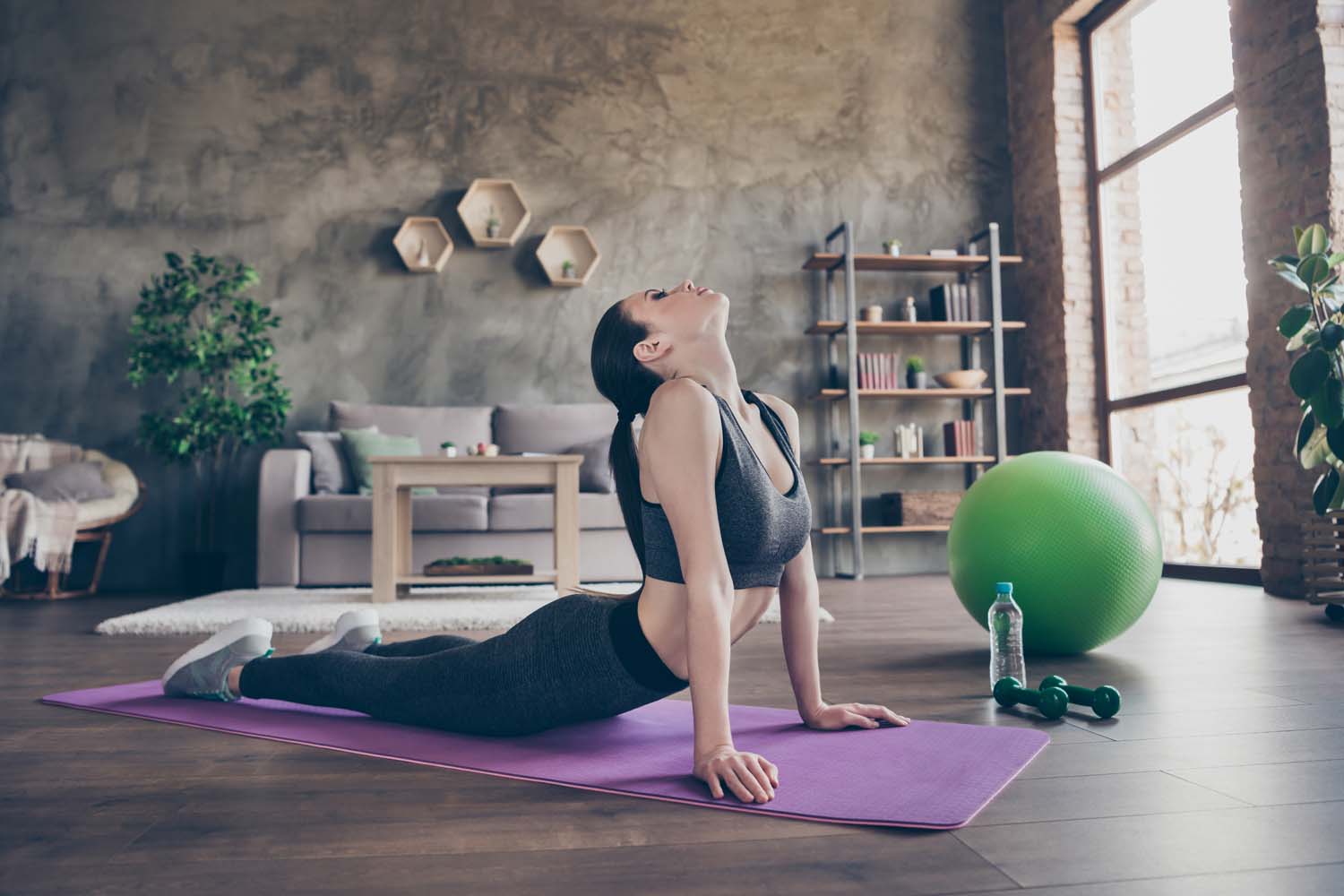The fitness industry is bracing for a major transformation as GLP-1 weight loss medications like Ozempic, Wegovy, and Zepbound reshape how people approach weight management and exercise. With sales of these drugs projected to reach $50 billion this year and potentially surge to $130 billion by 2030, their impact extends far beyond pharmaceuticals – and gyms are at the forefront of this revolution.
The Changing Face of Fitness
The traditional gym floor – once dominated by rows of treadmills and cardio equipment – is undergoing a dramatic makeover. This shift, already in motion due to changing exercise preferences and the pandemic’s influence, is being accelerated by the rise of GLP-1 medications.
Why? Users of these weight loss drugs face a unique challenge: while the medications effectively reduce body fat, they can also lead to significant muscle loss, affecting balance, mobility, and body composition. This side effect, combined with potential exercise limitations due to the drugs’ gastrointestinal side effects, is pushing gyms to reimagine their spaces and services.
The Strength Training Revolution
Health clubs are responding by prioritizing strength training equipment and spaces:
- Open areas for body-sculpting classes are replacing fixed cardio machines
- Free weights, barbells, and medicine balls are taking center stage
- Both men and women are seeking diverse strength training options
- Even Peloton, known for its cardio focus, is testing strength-training applications
Planet Fitness CEO Colleen Keating confirms this trend, noting “a greater demand for space for strength” across their locations. This shift isn’t just about following fashion – it’s backed by science. Research increasingly shows that strength training reduces mortality rates, particularly in women, while helping prevent osteoporosis and alleviate depression symptoms.
Business Impact and Opportunities
Challenges:
- Substantial investment required for new equipment
- Long-term leases on now-underutilized cardio machines
- Need to balance space allocation for different user groups
Opportunities:
- Growing membership numbers (Planet Fitness added 2.7 million members since early 2023)
- Improved profit margins
- Potential to attract older demographics (only 42% of active baby boomers currently belong to gyms)
- Rising foot traffic (double-digit increases at major chains like Crunch Fitness and EoS Fitness)
The Future of Fitness
The industry is evolving from a focus on “health and fitness” to “health and wellness,” as PwC leisure strategy partner Eleanor Scott notes. This holistic approach, combined with the rise of GLP-1 medications, is creating a new fitness landscape where strength training takes precedence over traditional cardio-focused workouts.
For gyms to succeed in this new era, they must carefully balance their transformation. The challenge lies not just in adding more strength training equipment, but in creating inclusive spaces that serve both newcomers and regular members effectively. As weight loss drugs continue to gain acceptance, gyms that adapt quickly to these changing needs will be best positioned to thrive.



